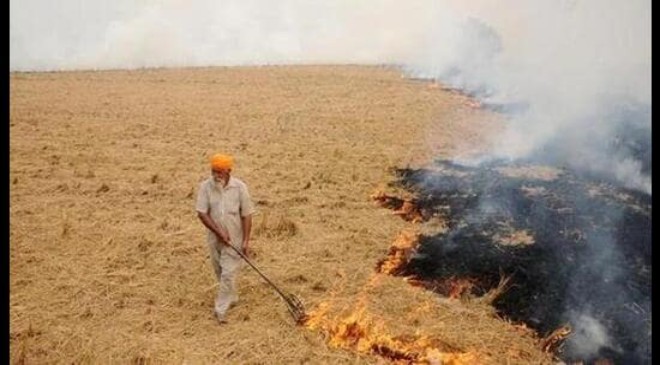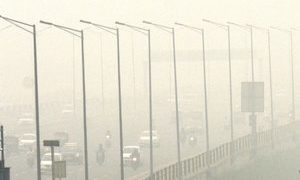Farmers in Punjab and Haryana are being offered significant state support to desist from straw burning, which is estimated to contribute as much as 30% of pre-winter deterioration of air quality in the NCR and nearby places.
Punjab, the biggest contributors to the paddy stubble burning events, which is a major reason for air quality deterioration in national capital region ahead of winter, plans to treat the entire 20 million tonne (MT) of straw generated this season through steps other than setting the plant residues on fire.
Read More: India, China Reach Agreement On Patrolling, Disengagement Along LAC In Eastern Ladakh: MEA
The plans include in-situ management of the stubble in the field for decomposition, and ex situ operations or removal of stubble from the field for animal feed, for biomass power plant, and other industrial use, a senior official with the state pollution control board said on Monday.
‘Last year we could utilise 15.86 MT of straw for various industrial use as well as in-situ management in the field. This season the aim is to utilise more than 19.52 MT paddy stubble generated in the field,’ Adarsh Pal Vij, Chairman, Punjab Pollution Control Board, told FE. He said, “due to a series of steps taken in the last couple of years, burning events are set to fall sharply this year, adding, the aim is to stop the practice in the next couple of years.”
During 2021-2023, the total number of stubble burning events dropped from 71,304 to 36,663, a decline of 59%.
The state government has mobilised several officials from the agriculture and other departments to discourage the farmers against this practice of burning stubble prior to the sowing of winter crops such as wheat. In Punjab, which contributes the biggest volume of rice and wheat to the central pool stocks, paddy was sown in 3.1 million hectare.
“We have also started to impose fines, file first information reports (FIRs) and started to made red entries in farm or revenue records,’ Vij said. So far ‘red entry’ has been registered in 383 and 368 cases against farmers in Punjab and Haryana respectively.
This year during September 15-October 20, out of the total 3485 firm fire events reported as per Consortium for Research on Agro-ecosystem Monitoring and Modeling from Space (CREAMS), 59% of 1445 cases are from Punjab. During September 15- November 30 period last year, Punjab saw 36,663 stubble burning events.
Officials said stubble usually peaks during November second week and agencies are monitoring this year’s firm fire events.
Read More: Weather update: IMD issues yellow alert for heavy rainfall in Tamil Nadu, Kerala and Karnataka
Farmers in Punjab and Haryana are being offered significant state support to desist from straw burning, which is estimated to contribute as much as 30% of pre-winter deterioration of air quality in the NCR and nearby places.
Last year, Punjab still contributed 64% to the total farm fires of 57,242 in northern India. In 2022, as many as 49,922 such events were witnessed. Haryana too reported 67% decline in fire events last year compared to the level two years ago.
Meanwhile in the neighbouring Haryana, the state government in an official order has stated that FIRs should be registered against those farmers who burn
The order has also stated ‘a red entry should be made in the meri fasal mera bayora record of farmers found involved in paddy crop residue burning, which will restrict them from selling their crops in the markets through the e-kharid portal during the next two seasons.’





































